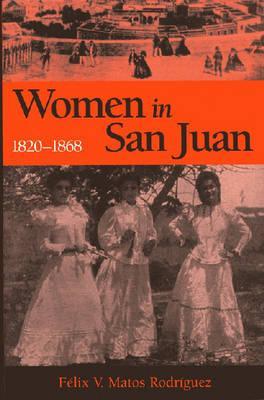Matos Rodrguez uses the lens of women's experiences to shed light on key problems in nineteenth-century Puerto Rican historiography.
The author provides an overview of the city's spatial, economic, and demographic development since the late eighteenth century. San Juan emerges as a dynamic city full of contradictions, whose population tripled between 1776 and 1874. Up until the 1850s and early 1860s, San Juan was a city in which women and nonwhites constituted a majority of the population.
Elite and middle-class women shaped the economic life of the city; they were landladies, professionals, and artisans, and had an active role in the slave trade, using the courts and other resources to claim rights and oppose patriarchal practices. They struggled to keep their businesses open, to protect their rental properties, and to receive fair pay for their services. Less advantaged women labored as street vendors, peddlers, and domestic servants, carrying their children to work, inventing new ways to carry out their tasks, and learning when to combat and when to acquiesce to those who enjoyed more power.
